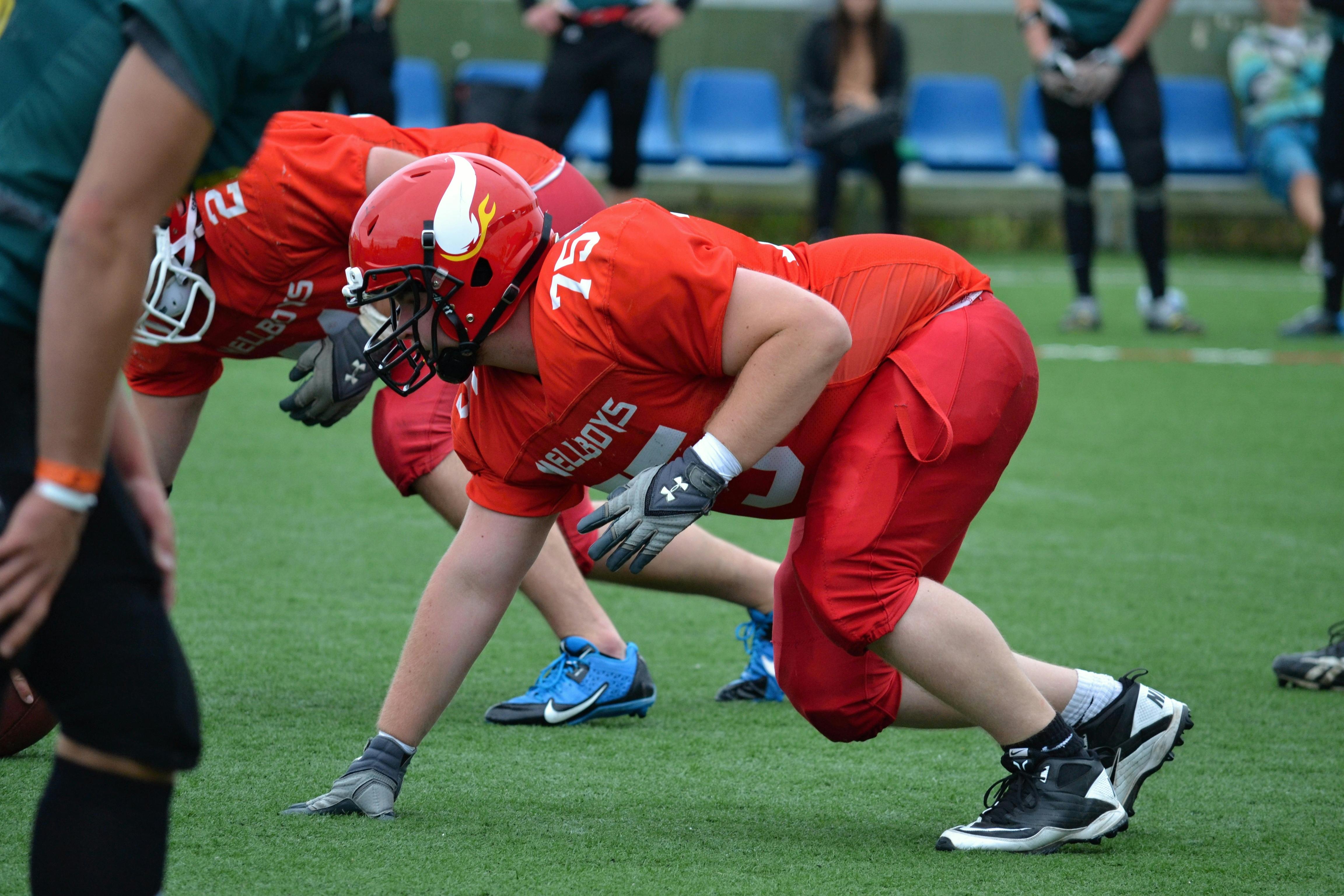Athens and Sparta were the two most powerful city-states in ancient Greece.
Athens for its culture, wisdom and beauty.
Sparta for its military strength and brave soldiers.
Marathon, Thermopylae and Salamis mark a special moment in history.
The Greco-Persian Wars were a series of conflicts between the Achaemenid Empire (First Persian Empire founded by Cyrus the Great) and the Greek city-states.
The Greeks were victorious against the massive Persian invasion force both on land and at sea.
asian minor
Biblical Asia Minor was the birthplace of many famous saints including Saint Paul (a Jew born in Tarsus, Asia Minor), Saint Nicholas, Saint George, Saint Luke the Evangelist, Saint Timothy, and Saint Basil to name just a few. .
Anatolia Asia Minor had historic cities such as Ephesus, Miletus, Harlicarnassus, Priene, Pergamon, Phocaea, Nicaea, Smyrni, and Byzantium (later to become famous as Constantinople) they were centers of Greek and Christian culture as well as important trading centers.
Constantinople was the capital of the first Christian Byzantine Empire.
Ionian uprising
Ionia was an ancient region on the western coast of Anatolia that was settled by the Greeks during the 11th century BC.
The Persian Empire under Cyrus the Great conquered the region in 547-BC.
The Greek regions of Aeolis, Doris, Cyprus and Caria, rebelled against the tyrannical Persian rule from 499 to 493-AC. Athens and Eretria, supported by the Ionians, captured and burned Sardis in 498 BC. C., which had now become a province of the Persian Empire.
Darius I sent a naval task force to subjugate the cities of Ionia and punish Athens and Eretria for supporting the uprisings.
The Ionian Revolt represents the first phase of the Greco-Persian Wars.
Sparta
With the Persians heading to a showdown on Greek soil, the Athenians sent a message to the Spartans asking for support. The Spartans, however, were involved in religious festivities and, although they promised to send military aid to the Athenians, their laws stated that they could only do so after the full moon had passed.
marathon battle
The Battle of Marathon was Persia’s first attempt to conquer Greece on September 9, 490-BC.
Athens, allied with Plataea, met the invading Persians on the coastal plain of Marathon, 26 miles northeast of Athens.
A Persian navy of 600 ships under the command of Admiral Datis and some 30,000 foot and cavalry soldiers led by the generals Hippias and Artaphernes reached Euboea in mid-summer and laid siege to Eretria, then sailed to Attica (which surrounds Athens) and landed at the bay near the city. of Marathon.
Led by Miltiades (550 – 489-BC), the Athenians mobilized 10,000 hoplite soldiers and a force of 1,000 Plataeans to defend their territory.
Greek battle weapons were the long spear, and heavy weaponry included helmets, shields, and breastplates. Because they lacked both cavalry and bows, they favored close combat formations.
Miltiades ordered the Greek hoplites to form a line equal in length to that of the Persians and then ordered his soldiers to attack the Persians on the run.
In the midst of the battle, the middle of the outnumbered Greek line gave way to draw the Persians into the center so that the flanks could encircle the trapped Persians. The strategy was victorious and the Persians panicked as the Greek army inflicted a crushing defeat.
The story of the messenger, Pheidippides, who ran 26 miles (42 km) to Athens to deliver the news of the Persian defeat, inspired the creation of the modern marathon.
The Persians lost 6,400, the Greeks only 192 Greeks.
The 300 Spartans – Battle of Thermopylae
After the death of Darío I in 486 a. C., his son Xerxes I began preparations for a second invasion of Greece.
The Battle of Thermopylae in 480 BC. C. during the Persian wars has resonated throughout history as a symbol of bravery in the face of overwhelming odds.
Xerxes I led a massive army and navy in the second Persian invasion to conquer all of Greece.
Before invading, Xerxes sent a message to the Spartan king Leonidas to surrender his weapons. Leonidas famously replied, “Come and take them” (“Molon labe”).
Heavily outnumbered, Themistocles, the Athenian general, proposed that the Greek allies block the Persian army’s advance at the pass of Thermopylae.
An alliance of Greek city-states led by King Leonidas and his elite unit of 300 vastly outnumbered Spartans fought the second Persian invasion of Greece in August or September 480-BC.
The Greeks fought valiantly to hold the narrow coastal pass at Thermopylae for three days against the large force of Persian infantry and cavalry.
Ephialtes of Trachis, betrayed the Greeks by revealing a hidden goat path that allowed the Persians to outflank them.
Leonidas sent the main army to retreat while a small contingent stayed behind to resist the invading Persians.
This heroic last stand at Thermopylae has become a symbol of courage in the face of overwhelming odds for a patriotic army defending its native soil that has inspired the legend of the 300 Spartans.
Although the Greeks lost this battle, the fierce resistance offered Athens valuable time to prepare for the decisive naval battle of Salamis.
From these iron-hearted warriors has come the adjective – Spartan.
battle of salamis
The Battle of Salamis was a naval battle fought between an alliance of Greek city-states in September 480-BC.
The oracle of Delphi on Mount Parnassus, near the Gulf of Corinth (ancient Greek religious sanctuary of the god Apollo), prophesied that the Greeks would be saved by a “wooden wall” at Salamis.
The “wooden wall” was the Greek naval victory at Salamis.
Themistocles (524 – 460-BC), Athenian general and naval strategist who fought during the first Persian invasion of Greece at the Battle of Marathon (490-BC)
advocated a strong Athenian navy as the cornerstone of an Athenian empire in 483-BC.
He persuaded the Athenians to build a fleet of 200 triremes that proved crucial in the coming conflict with Persia.
The battle was fought in the strait between the Athenian port city of Piraeus and the island of Salamis in the Saronic Gulf, near Athens.
The Greek navy had 371 triremes and pentekonters (smaller ships of fifty oars).
The Persians had 1,207 ships.
The sheer size of Xerxes’ fleet gave him confidence in victory, so he set up a golden throne on the slopes of Mount Aegaleus, to watch the battle.
The Greek strategy was to lure the Persian fleet into the narrow waters around Salamis to negate their numerical advantage.
The larger, heavier Persian triremes were cramped in the gulf and struggled to maneuver quickly, while the smaller, lighter Greek triremes were more manoeuvrable.
The Greek triremes first attacked by ramming, sinking and boarding by the Greeks on many Persian ships.
Within twelve hours, the Greek fleet won a decisive victory and forced the Persian naval forces to flee.
The Greeks lost about 40 ships.
The Persians lost about 300.
With the naval battle won, Aristides (530 – 468 BC) and an elite Athenian infantry landed at Psyttaleia. an island in the Saronic Gulf and annihilated the Persians stationed there.
Xerxes withdrew to Asia leaving Mardonius to complete the conquest of Greece.
However, the following year the rest of the Persian army was decisively defeated on land at the Battle of Plataea and on sea at the Battle of Mycale.
Greek victories in the Greco-Persian wars freed the cities of Ionia from Persian control.
Importance of the Greco-Persian Wars
The Greco-Persian Wars were three of the greatest military victories of antiquity. If the Persians had won, they would have invaded the rest of the Greek city-states and the European continent, which has almost certainly had serious effects on the course of the history of Western civilization.




